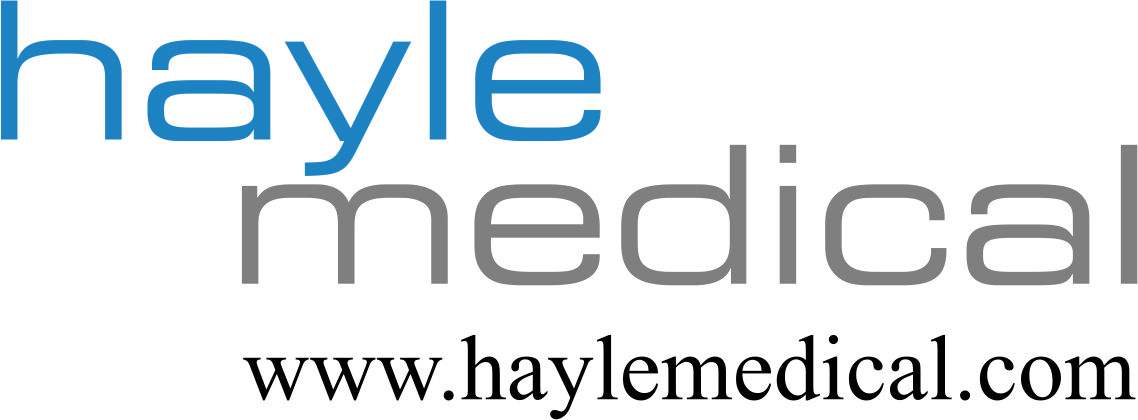Books
- Medical Science - Ageing
- Medical Science - Ageing and Geriatric Medicine
- Pharmaceutical Sciences - Anaesthesiology
- Pharmaceutical Sciences - Anesthesiology
- Medical Science - Bacteriology
- Medical Science - Bioethics
- Medical Science - Biological Techniques and Tools
- Medical Science - Biomedicine
- Medical Science - Cardiology
- Medical Science - Cell Biology
- Medical Science - Clinical Nutrition and Dietetics
- Medical Science - Clinical Nutrition and Dietetics
- Medical Science - Complementary and Alternative Medicine
- Pharmaceutical Sciences - Complementary and Alternative Medicine
- Medical Science - Dentistry
- Medical Science - Dermatology
- Medical Science - Developmental Psychology
- Medical Science - Diabetes
- Medical Science - Diagnostic Imaging
- Medical Science - Dietetics
- Medical Science - Diseases & Disorders
- Medical Science - Emergency Medicine
- Medical Science - Emergency Medicine & Critical Care
- Medical Science - Endocrinology & Metabolism
- Medical Science - Endocrinology, Metabolism & Diabetes
- Medical Science - Engineering Technology in Medicine
- Medical Science - Engineering Technology inMedicine
- Medical Science - Gastroenterology
- Medical Science - Gastroenterology and Hepatology
- Medical Science - Genetic Disorders
- Medical Science - Genomic
- Medical Science - Gynaecology & Obstetrics
- Medical Science - Gynaecology and Obstetrics
- Medical Science - Health Care
- Medical Science - Health Care and Medical Technology
- Medical Science - Hematology
- Medical Science - Hepatology
- Medical Science - HIV & AIDS
- Medical Science - Immunology
- Medical Science - Infectious Diseases
- Medical Science - Medical Genetics
- Medical Science - Medical Microbiology
- Medical Science - Medical Science
- Medical Science - Nephrology
- Medical Science - Neuroscience & Neurology
- Medical Science - Nursing
- Medical Science - Oncology
- Medical Science - Ophthalmology
- Medical Science - Orthopedics
- Medical Science - Orthopedics, Physical Medicine and Rehabilitation
- Medical Science - Osteopathy
- Medical Science - Otolaryngology
- Medical Science - Pathology
- Medical Science - Pediatrics
- Medical Science - Pharmaceutical Science
- Pharmaceutical Sciences - Pharmaceutical Sciences
- Pharmaceutical Sciences - Pharmacology and Pharmaceutical Sciences
- Medical Science - Physiology
- Medical Science - Psychiatry
- Medical Science - Public Health
- Medical Science - Pulmonology
- Medical Science - Pulmonology & Respiratory Diseases
- Medical Science - Pulmonology and Respiratory Diseases
- Medical Science - Reproductive Health and Biology
- Medical Science - Rheumatology
- Medical Science - Sexual Reproduction
- Medical Science - Stem Cell Research
- Medical Science - Surgery
- Medical Science - Tissue Engineering and Regenerative Medicine
- Pharmaceutical Sciences - Toxicology
- Medical Science - Tropical Medicine
- Medical Science - Urology
- Medical Science - Veterinary Medicine
- Medical Science - Veterinary Science and Medicine
- Aaron Jackson
- Aaron Roberts
- Abby Calvin
- Abby Cusack
- Abigail Gipe
- Adam Bachman
- Adam Bowers
- Adeline Foley
- Adrian Bradley
- Adrian Nolan
- Adriana Jones
- Adrien Butler
- Alan Adams
- Albert Mauro
- Albie Copeland
- Alfred Galswells
- Alice Kunek
- Alicia Dexter
- Alisha Diego
- Allan Drake
- Allison Dunlap
- Amber Hooper
- Amelia Foster
- Amy Reed
- Amy Walker
- Anabella Frost
- Anastasia Maddox
- Anderson Murphy
- Andra Quinn
- Andrew Gibson
- Andy Parker
- Angus Sanders
- Anna Garner
- Annabelle Coleman
- Antonio Chavez
- Antony Hall
- April Hilbert
- Archer Queen
- Arthur Colfer
- Ashton Peterson
- Aubrey Walsh
- Augustus Drew
- Augustus Green
- Aurora Moran
- Autumn Fisher
- Ava Santiago
- Avery Steele
- Avianna Stokes
- Aydan Jones
- Barbara Mayer
- Bella Moody
- Benjamin Thornberg
- Benjamin West
- Benson Scott
- Bernard Tyler
- Bianca Keaton
- Blake Finn
- Bradley Delk
- Bran Conley
- Braylon Holden
- Brenda Aguilar
- Brendan Tucker
- Brendol Keith
- Brendon Krauss
- Brielle Pittman
- Brittany McGrath
- Bryan Evans
- Bryson Cooper
- Byrant Hill
- Caden Knight
- Caleb Bell
- Calvin Bush
- Calvin White
- Cameron Harris
- Cameron Middleton
- Camila Blair
- Carl Booth
- Carlos Rickman
- Caroline Francis
- Caroline West
- Carson Diaz
- Carter Moore
- Casey Judd
- Catelyn Wilkerson
- Cecilia Bryant
- Chad Downs
- Charles Carter
- Charles Freeman
- Charles Mills
- Charline Ryler
- Charlotte Lance
- Chase Harris
- Chris Dalton
- Chris Flagstad
- Chris Garcia
- Chris Stinson
- Christoph Fox
- Clancy Knightley
- Clara Wallace
- Clark Hardy
- Clark Porter
- Claudia Simmons
- Clayton Fisher
- Clifford Moody
- Clint Robinson
- Coby Hawkins
- Codie Horton
- Cody Perez
- Collin Cruz
- Colton Harris
- Conelth Dickerson
- Conner Bale
- Connie Freeman
- Connor Jenkins
- Connor Smith
- Cora Bailey
- Cynthia Wison
- Cyril Goode
- Cyrus Hank
- Cyrus Holt
- Dakota Beckett
- Dakota Marshall
- Dallas Bowman
- Dallas Lynch
- Damien Newman
- Dan Heller
- Daniel Willson
- Daniella Riggs
- Danny Chapman
- Dante Banks
- Daphne Horton
- Dave Clark
- Dave Hensley
- Davon Matthews
- Dean Rossmo
- Deb Willis
- Delilah Kinsley
- Dennis Clanton
- Dennis Hanks
- Derek Kennedy
- Diana Pollard
- Dinah Beck
- Dominic Patterson
- Donovan Douglas
- Drake Baldwin
- Duke Todd
- Dwyane Mason
- Dylan Hill
- Dylan Long
- Eden Dennis
- Edgar Warren
- Edgar Weston
- Eduardo Raymond
- Edward Thomas
- Edwina Orion
- Eleanor McCarthy
- Elena Poole
- Elias Foster
- Elijah Jones
- Elise Morrison
- Eliza Blair
- Elizabeth Burns
- Ella Keller
- Ellie Peyton
- Elliot Hall
- Elliot Miller
- Elvis Campbell
- Elvis Green
- Emerson Haynes
- Emilia Ferguson
- Emily Howling
- Emma Richardson
- Eric Stiles
- Erica Helmer
- Erik Nordby
- Erika Tanner
- Ernie Murphy
- Erwin Galloway
- Esther Bennett
- Esther Sinclair
- Ethlyn Bishop
- Eva Fitzgerald
- Eva Sandler
- Everett Bailey
- Everette Wheaton
- Ezra Martin
- Ezra Potter
- Fabian Kent
- Felicity Darko
- Fernando Hogan
- Finley Bush
- Finn Mcfarland
- Francisco Armstrong
- Francisco Watkins
- Frank Cohen
- Freddie Elliot
- Freya Brown
- Gabriel Austin
- Gabriel Tyler
- Gabriella Goodwin
- Garrett Donovan
- Garrick Davenport
- George Moore
- Gianna Watson
- Gideon Allen
- Gideon Schmidt
- Grace McCoy
- Gracie McKinley
- Graham Jones
- Grenn Jones
- Gretchen Flammer
- Hannah Cummins
- Hans Affleck
- Harold Herrera
- Harriet Jacobs
- Harrison Cox
- Harvey Wilson
- Hazel Saunders
- Heath Howard
- Heidi Hamlin
- Heidi Mueller
- Helen Hayden
- Helen Smith
- Helena Shelton
- Henry Williams
- Holden Ray
- Holly Lambert
- Horace Dawson
- Hubert Henson
- Hudson Cole
- Hugh Colley
- Hugh Tunner
- Hunter Errington
- Ian Glover
- Idris Adams
- Iris Murdock
- Isaac Stanton
- Isabella Dawson
- Isla Pearson
- Isla Pierce
- Jack Collins
- Jack Marlow
- Jack Penn
- James Burke
- James Cowan
- James Defoe
- Jameson Lopez
- Janice Hunter
- Jared Barnes
- Jared Peters
- Jasmine Frost
- Jasper Mcintosh
- Jayden Miller
- Jeanette Jarvis
- Jeffery Desmond
- Jenna Stephenson
- Jenna Whitney
- Jerome Baker
- Jerry Larson
- Jesse Delacruz
- Jesse Hanson
- Jessica Conrad
- Jim Carrey
- Jim Wang
- Jimmy Gordon
- Jimmy Taylor
- Joanne Galbraith
- Joanne Perry
- Joaquin Noah
- Joe Morrison
- Joe Tyler
- Johan Saunders
- Johanna Watts
- John Binnington
- John Durham
- John Edwards
- John Jensen
- John Stuart
- Johnny Carrey
- Johnny Hendrix
- Jonah Armstrong
- Jonah Randall
- Jonas Dexter
- Jordan Bryan
- Jordan Long
- Jose Clark
- Joseph Bowen
- Joseph Frost
- Joshua Barnard
- Joshua Grayson
- Joyce Kennedy
- Juan Daniels
- Judi Graham
- Judy Landis
- Jules Hebb
- Julia Murphy
- Julian Lewis
- Julie Naylon
- Juliette Brookes
- Julio Turner
- Kaley Ann
- Karen Miles
- Karen Triest
- Karin Lynch
- Karl Meloni
- Kasey Dawson
- Kate White
- Katelyn Harding
- Katherine Stokes
- Kathryn Bolt
- Katie Beckett
- Keith Pallant
- Keith Seibert
- Kelly Ward
- Kendall Jefferson
- Kendrick Torrence
- Kenneth Washington
- Kenny Lang
- Kevin Parker
- Kieron Gillen
- Kim Geller
- Kimball Cho
- Kimberly Dawson
- Kingston Hunt
- Kristen Bone
- Kristian Gilmore
- Kyle Baxter
- Lael Dickson
- Lajuana Kelleher
- Lakia Stevens
- Lana Clarke
- Laree Rangel
- Larry Stone
- Laurel Harper
- Lavonda Woods
- Lawrence Bell
- Lee Stanton
- Leon Chapman
- Leonard Roosevelt
- Leslie Schwartz
- Lester Price
- Lewis Cerny
- Lewis Humphries
- Lily Bowen
- Lily Hartman
- Lily Hunt
- Lionel Russ
- Lisa Jordan
- Lisa Rowe
- Lizzette Schott
- Lizzy Rattini
- Lois Rivera
- Lorenzo Fernandez
- Lucy Malone
- Luke Madison
- Luke Mosley
- Luke Stanton
- Lynne Brooks
- Madelyn Goodman
- Malcolm Gover
- Malcolm Stark
- Marcus Lewis
- Marcus Ward
- Marcy Prady
- Marcy Ward
- Margaret Booth
- Margaret Colgan
- Margo Romano
- Margrett Roche
- Maria Walters
- Mariana Warne
- Mark Walters
- Markus Wagner
- Marlow Coffey
- Martha Pratt
- Martha Roper
- Martin Akafeldt
- Marvin Trey
- Mary Durrant
- Mary Kellar
- Mason Button
- Matt Henry
- Matthew Glenn
- Matthew Griffin
- Matthew Martin
- Mavis Keller
- Maximus Turner
- Mckinsey Harper
- Megan Durham
- Mel Roth
- Michael Backman
- Michael Glass
- Michael Jones
- Michael Lyle
- Miguel Rodriguez
- Mike Rudd
- Mikhael Kular
- Miles Scott
- Mitch Ruffolo
- Mitch Sellin
- Monica Slater
- Morgan Bell
- Morris Beckler
- Nas Wilson
- Natalie Theresa
- Ned Burnett
- Ned Wolf
- Neil Perry
- Nell Croft
- Nessa Oka
- Newman Wagner
- Nicholle Newman
- Nicolas Webb
- Nigel Redman
- Nina Pegg
- Noah Martin
- Noel Day
- Noel Sterling
- Norman Tucker
- Norman Waltz
- Ocean Garfield
- Oliver Davis
- Omar Hebert
- Omer Lockheart
- Ophelia Burnett
- Owen Abraham
- Owen Cooper
- Pablo De Souza
- Pam Kellner
- Patrick Hall
- Patrick Lampard
- Paul Curtis
- Paul Hiddleston
- Paul Spencer
- Penelope Clark
- Penelope Higgins
- Penny Summers
- Percy Braun
- Percy Shields
- Pete Edner
- Pete McCall
- Peter Garner
- Peter Hayes
- Peter Ponce
- Phil Vowles
- Philip Chiders
- Philip Rudolf
- Philip Watts
- Phillip Lawson
- Phillis Cousins
- Preston Bailey
- Quentin Hardy
- Rachel Hughes
- Rafael Nash
- Ralph Bowen
- Randall Calloway
- Randall Hubner
- Raven Brennan
- Ray George
- Reagen Hu
- Reed Spears
- Regina Stuart
- Reginald Thornburg
- Remy Bowen
- Rex Slavin
- Rex Turner
- Ricardo Clinton
- Richard Gray
- Rickon Hamill
- Ricky Collier
- Ricky Parks
- Riley Tate
- Riona Moran
- Rob Boxer
- Robert Berry
- Robert Meyer
- Robert Miller
- Roberta Hansen
- Robin Deaver
- Rodrik Ledger
- Roger Mostafa
- Roger Simpson
- Roman Florence
- Romana Woods
- Ronald Graves
- Roose Ware
- Ross Barbosa
- Ross Bell
- Roy Marcus Cohn
- Roy McClen
- Rudy Willis
- Rudyard Ramsey
- Russell Princeton
- Ruth Brown
- Ryan Jaxon
- Ryan Loren
- Ryan Webber
- Ryder Dixon
- Rylan Beckham
- Sam Hurd
- Sam Lehmann
- Samuel Ostroff
- Sandra Lekin
- Sandra McLeish
- Sara Thornton
- Scarlett Beckinsale
- Sean Boyd
- Sean Eastwood
- Sean Gunner
- Sebastian Driussi
- Selena Brooks
- Selina Douglas
- Sharlton Pierce
- Shawn Breaux
- Shawn Kiser
- Shawn McLean
- Shay Fisher
- Sidney Alvarado
- Sidney Forsyth
- Sidney Gillespie
- Sienna West
- Slade Decker
- Slaton Channing
- Sofie Allard
- Solomon Culver
- Solomon Fleming
- Solomon Willis
- Sophie Silva
- Spencer Wells
- Stella Osborne
- Stephanie Madison
- Steven Graham
- Steven Gray
- Steven Notley
- Steven Tiff
- Stuart Gates
- Sue Gold
- Sullivan Princeton
- Summer Goodwin
- Synthia Marker
- Talia Atkins
- Tanya Walker
- Tara Simon
- Taryn Solomon
- Terence Glover
- Teresa Young
- Theresa Heen
- Thomas Clark
- Thomas Jackson
- Thomas Moran
- Tiffani Damron
- Tiffany Brown
- Tiffany Johnson
- Tim Grayson
- Timothy Campbell
- Timothy Lawson
- Toby Botkin
- Tom Anniston
- Tony Andrew
- Travis Reagan
- Trinity Harper
- Trisha Coppola
- Tristan Boyd
- Tucker Banks
- Tyler Collins
- Tyler Morrow
- Tyler Smith
- Valentina Houston
- Valerie Kent
- Vanessa Artiga
- Vanessa Stevens
- Veronica Martin
- Victor Fargo
- Victor Martinez
- Victoria Cuffe
- Vin Lopez
- Vince O'Riely
- Vincent Wesley
- Vivian Stone
- Wade Chambers
- Walter Williamson
- Warren Guerra
- Warren Lyde
- Wedge Burton
- Wilfred Jordan
- Willard Leopold
- Willey Campbell
- Willow Adams
- Windy Wise
- Winter Hayes
- Xavier Laurent
- Zach Henderson
- Zach Santoro
- Zachary Garcia
- Zahary Baharov
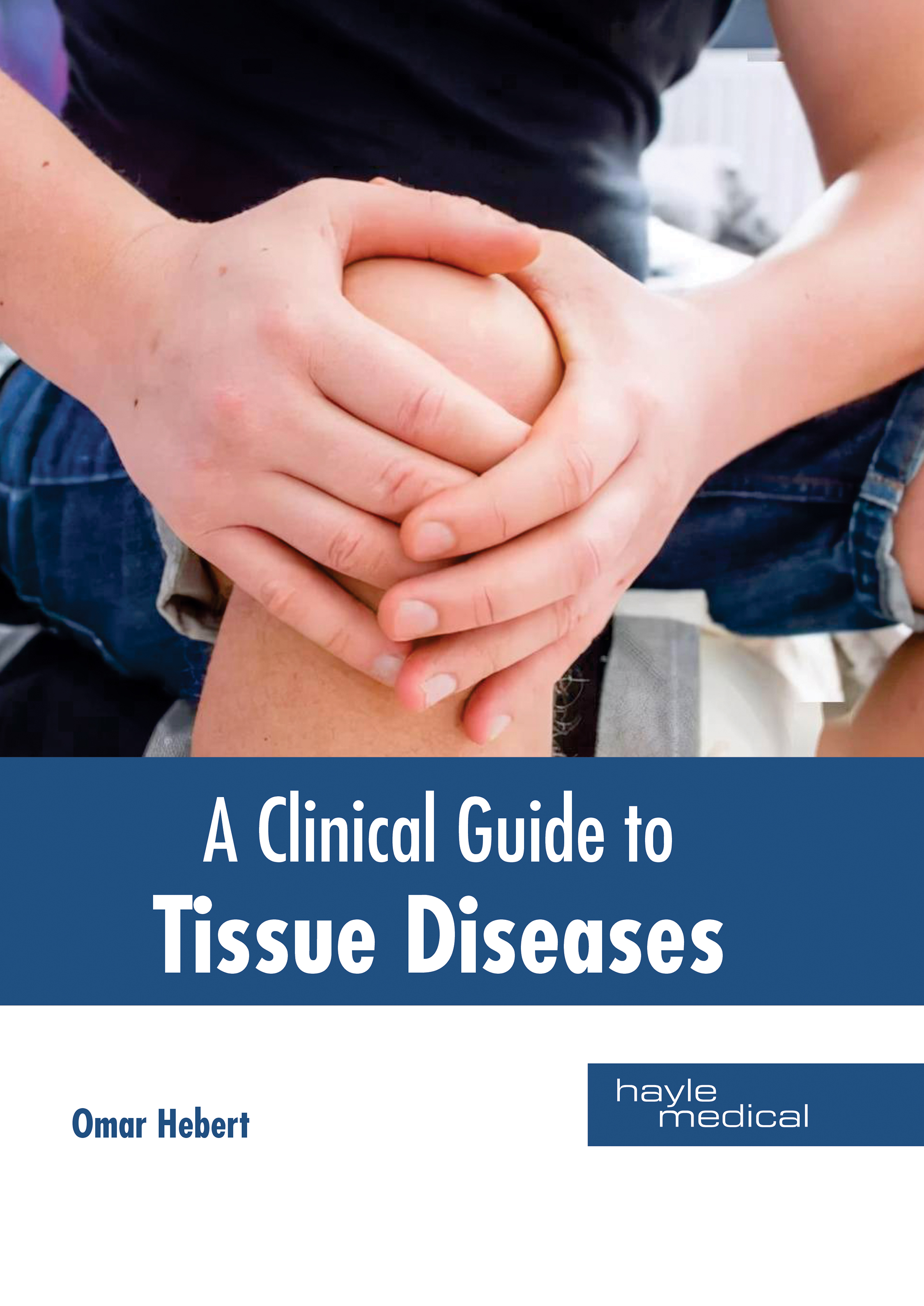
|
A Clinical Guide to Tissue Diseases Author : Omar Hebert Subject : Orthopedics, Physical Medicine and Rehabilitation A tissue refers to a distinct material comprising of special cells, which work together in coordination to carry out a particular function. There are four types of tissues, namely, connective tissue, epithelial Read More |

|
A Clinician's Guide to Arteriogenesis Author : Taryn Solomon Subject : Orthopedics, Physical Medicine and Rehabilitation Arteriogenesis is the increase in the diameter of arterial vessels. The process of development of arteries is supplemented by the migration of pericytes and smooth muscle cells (SMCs) from the epicardium. Read More |
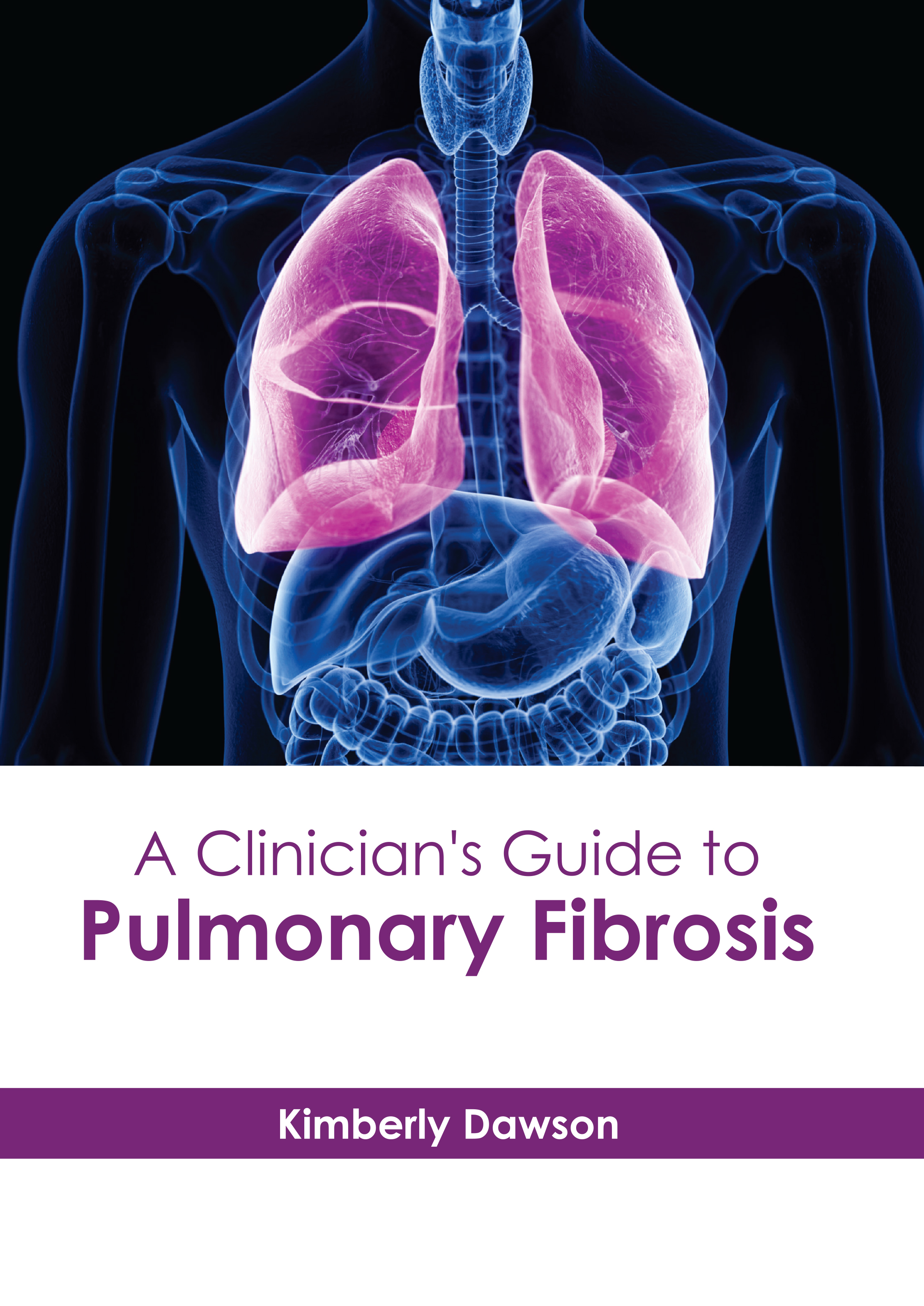
|
A Clinician's Guide to Pulmonary Fibrosis Author : Kimberly Dawson Subject : Orthopedics, Physical Medicine and Rehabilitation Fibrosis is refers to the excessive matrix deposition that results in the impairment of organ function and tissue destruction. It is the end result of chronic inflammatory responses brought on by a variety Read More |
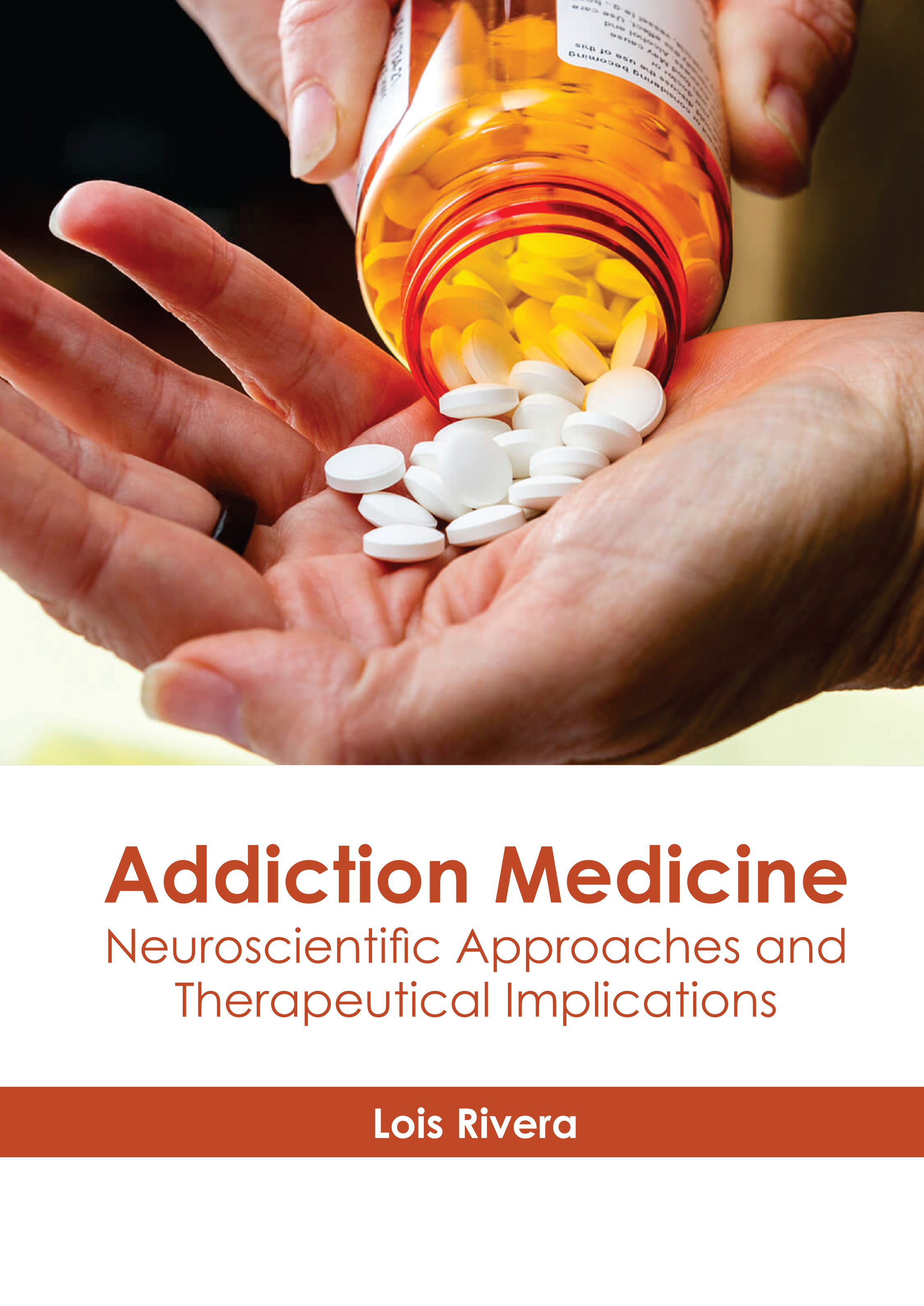
|
Addiction Medicine: Neuroscientific Approaches and Therapeutical Implications Author : Lois Rivera Subject : Orthopedics, Physical Medicine and Rehabilitation Addiction is defined as the inability to stop utilizing a substance or engaging in an activity despite the fact that doing so is harmful to the physical and mental health of a person. Exhaustion, declining Read More |
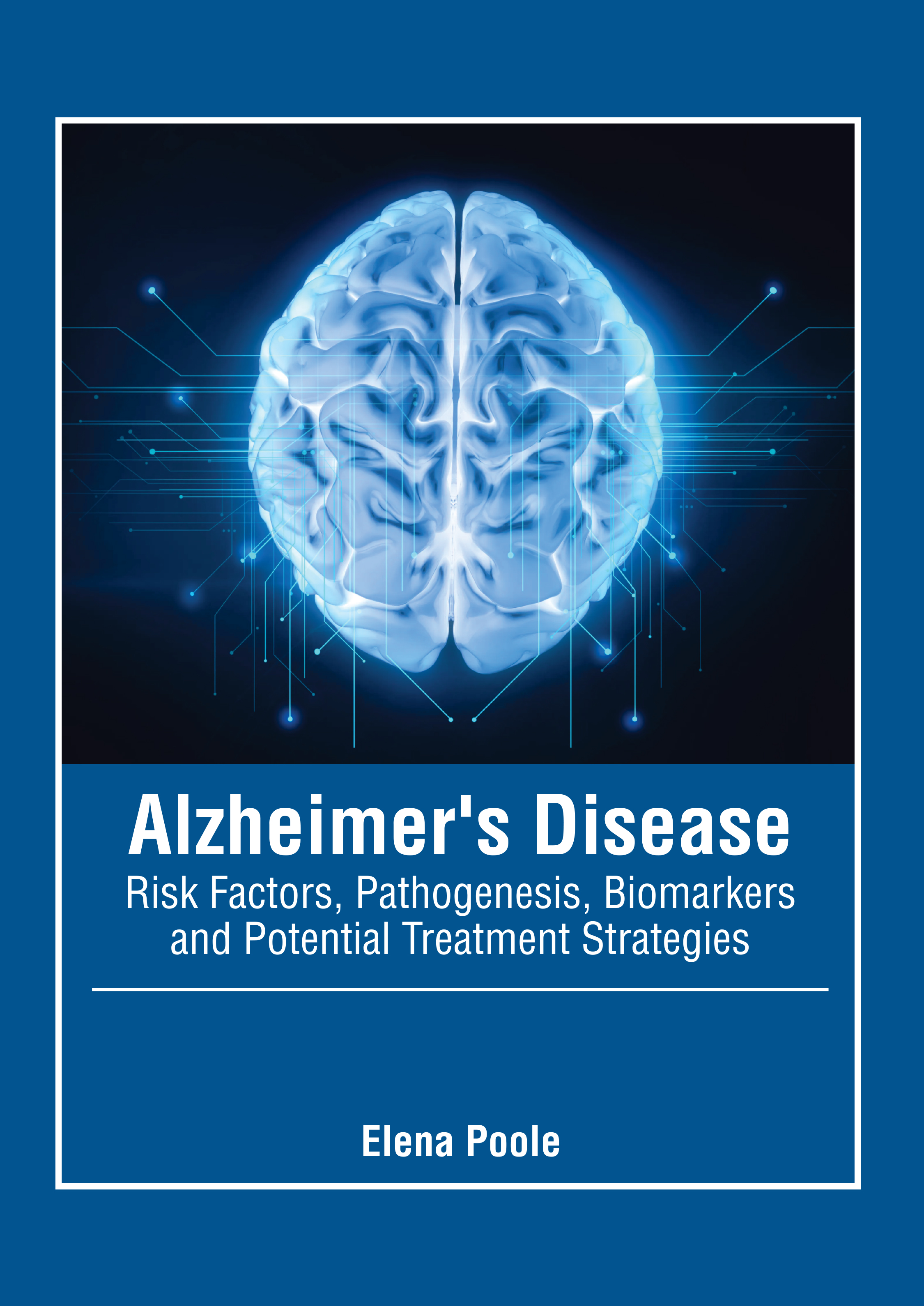
|
Alzheimer's Disease: Risk Factors, Pathogenesis, Biomarkers and Potential Treatment Strategies Author : Elena Poole Subject : Orthopedics, Physical Medicine and Rehabilitation Alzheimer's disease (AD) refers to a progressive brain disease, which gradually destroys thinking skills and memory, as well as the capacity to perform even basic tasks. It is one of the leading causes Read More |
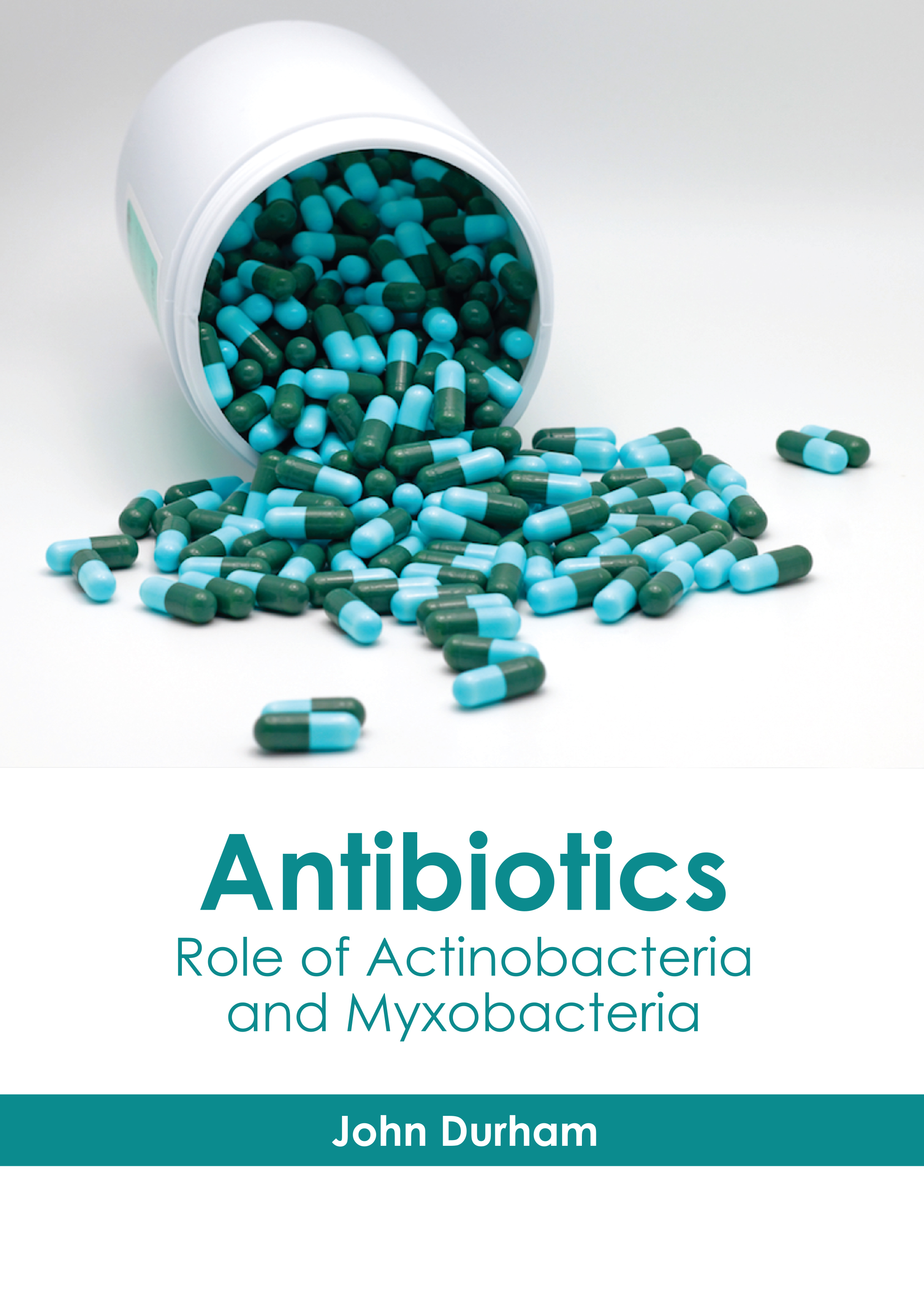
|
Antibiotics: Role of Actinobacteria and Myxobacteria Author : John Durham Subject : Orthopedics, Physical Medicine and Rehabilitation Antibiotics are medicines that are used to fight bacterial infections, and are used for the treatment and prevention of infections caused by bacteria. They can be derived from various sources such as bacteria, Read More |
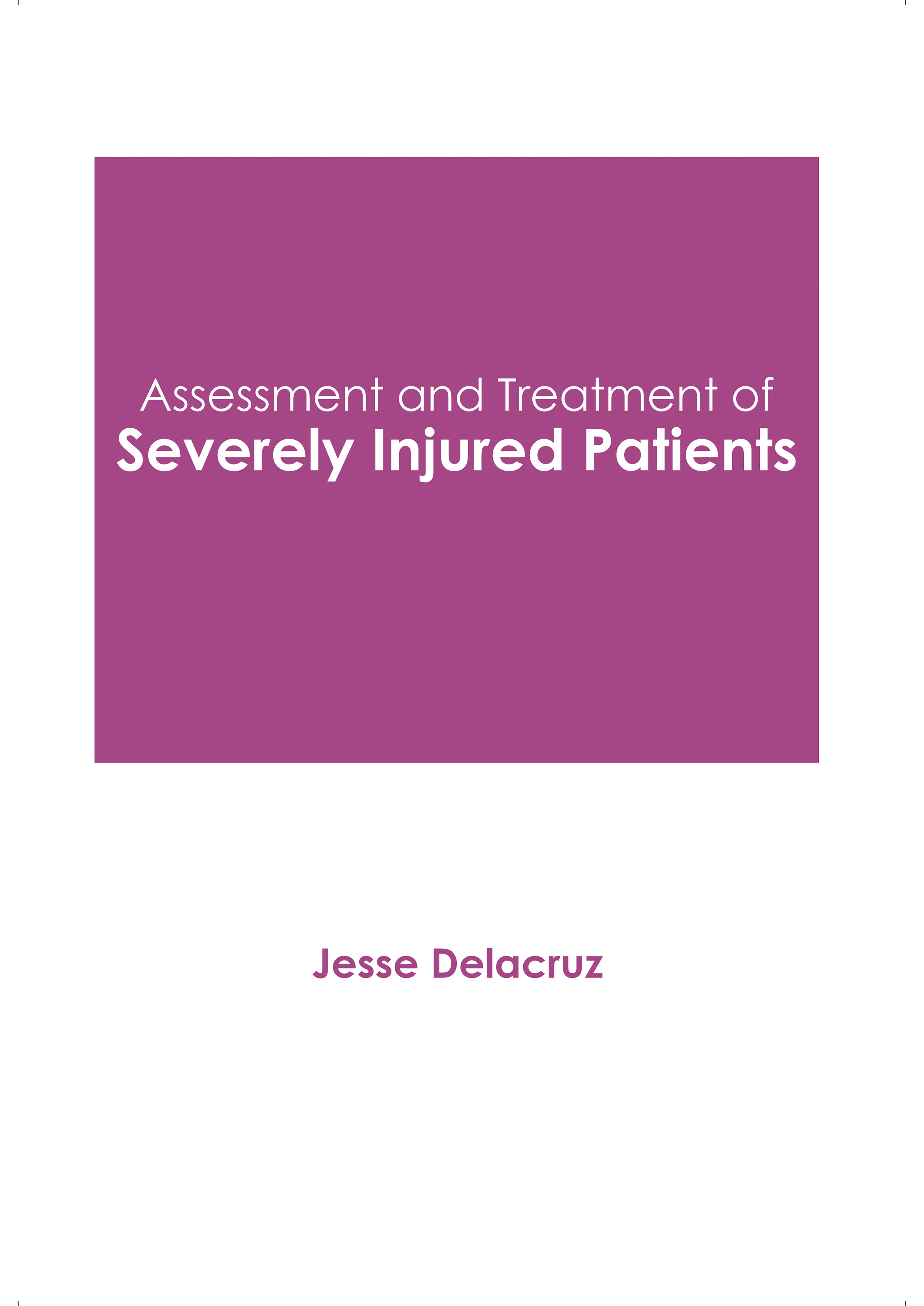
|
Assessment and Treatment of Severely Injured Patients Author : Jesse Delacruz Subject : Orthopedics, Physical Medicine and Rehabilitation Serious injury refers to physical trauma caused to a body by an external force that requires immediate medical attention or hospitalization. Falls, burns, acts of violence, road accidents, natural disasters, Read More |
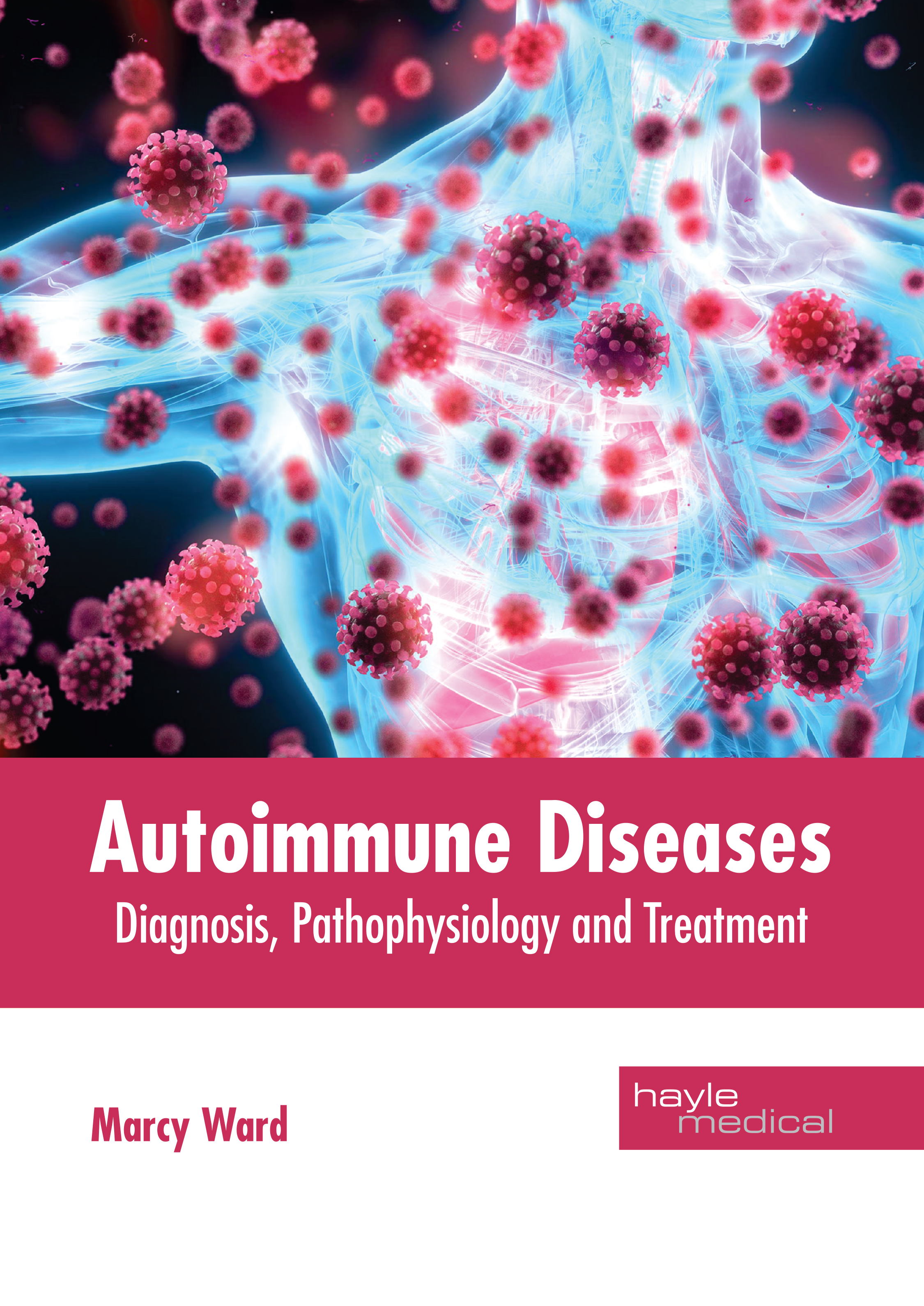
|
Autoimmune Diseases: Diagnosis, Pathophysiology and Treatment Author : Marcy Ward Subject : Orthopedics, Physical Medicine and Rehabilitation An autoimmune disease refers to a type of medical condition caused by an abnormal immune response to a healthy body part. The most common types of autoimmune diseases include rheumatoid arthritis (RA), Read More |
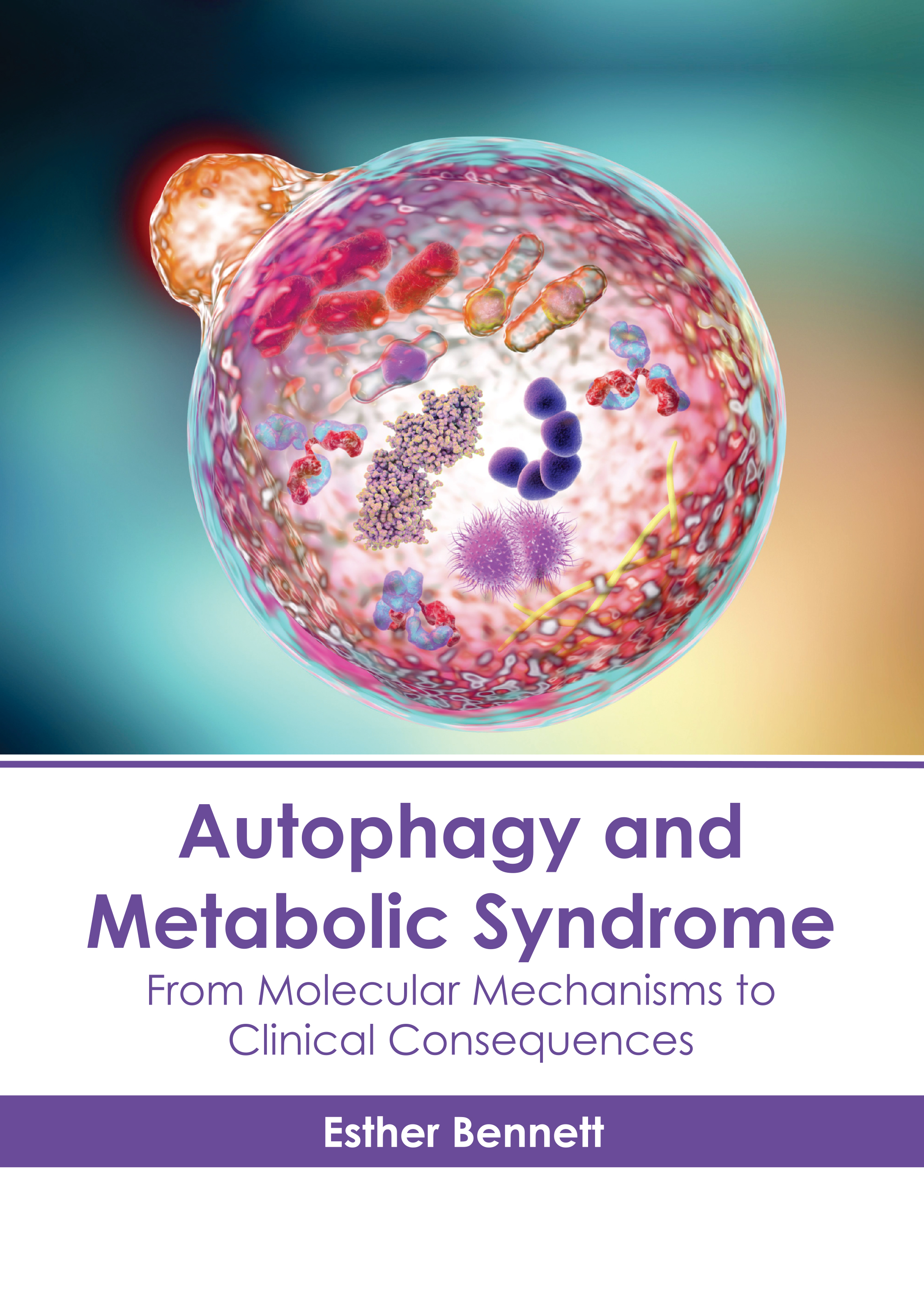
|
Autophagy and Metabolic Syndrome: From Molecular Mechanisms to Clinical Consequences Author : Esther Bennett Subject : Orthopedics, Physical Medicine and Rehabilitation Autophagy is a process in which cells capture their own cytoplasm and organelles and consume them in lysosomes. This mechanism preserves the health of cells and tissues through the replacement of damaged Read More |
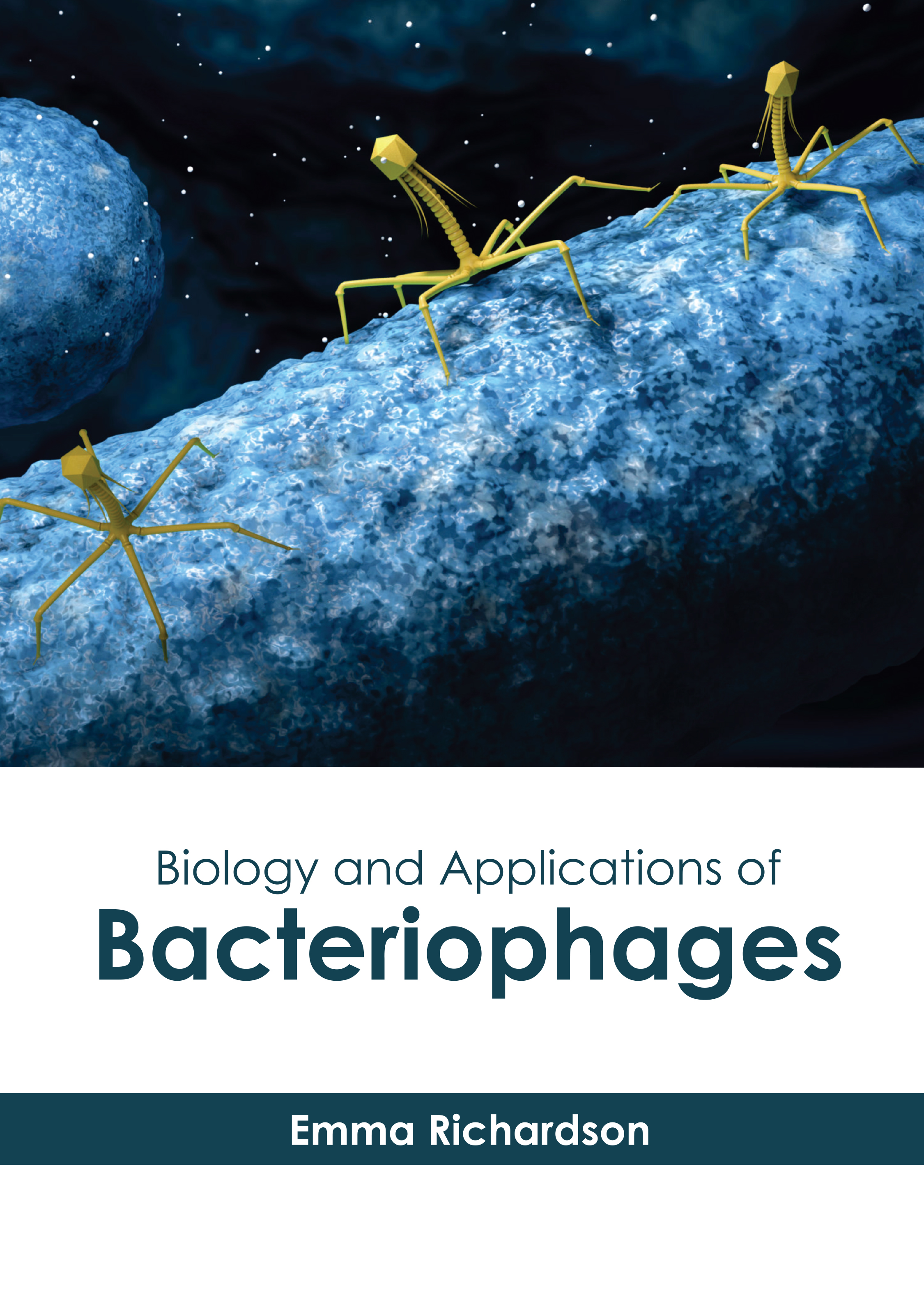
|
Biology and Applications of Bacteriophages Author : Emma Richardson Subject : Orthopedics, Physical Medicine and Rehabilitation Bacteriophages or phages are the viruses that infect bacterial cells. They replicate within these bacteria. Bacteriophages can be categorized on the basis of their morphological characteristics, nucleic Read More |
